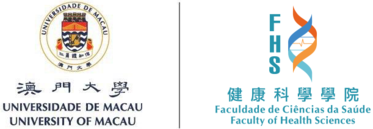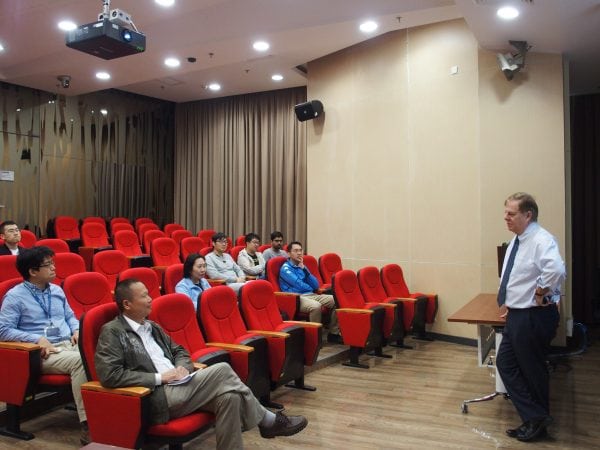| Talk title | History and evolution of Transforming Growth factor‑β and Smad transcription factor signalling: Smad linker region phosphorylation emerges as an independent cell-signalling pathway |
| Speaker | Prof. Peter James Little School of Pharmacy, University of Queensland, Australia |
| Date & Time | 9 April 2018 (Monday) 10:00-11:00 |
| Venue | Room G004, E12 Building (University of Macau) |
| Abstract | TGF‑β signalling is one of the biggest and most prominent areas of signal transduction and cell biology research. TGF‑β controls multiple cellular functions such as migration, growth, matrix secretion and it is associated with diseases from cancer to renal and cardiovascular disease.
In its original manifestation two decades ago, TGF‑β signalling was shown to involve carboxyl-terminal phosphorylation of Smad transcription factors (R‑Smads), translocation of the phosphoSmad2C to the nucleus, association with multiple regulatory factors and the regulation of gene transcription; thus, in this context TGF‑β was considered to be a simple signalling pathway. However, shortly after this finding, it was shown that kinase mediated phosphorylation of the central linker region of Smads was inhibitory to TGF‑β signalling by preventing the translocation of the linker region phosphorated Smad (phosphoSmad2L). Subsequent studies in our laboratory, looking at the expression of genes for the elongation of the glycosaminoglycan (GAG) chains on the proteoglycan, biglycan, an in vitro model of an atherosclerosis revealed that linker region phosphorylation did not inhibit nuclear translocation and stimulated gene expression in vascular smooth muscle cells. In this model, linker region phosphorylation of Smad2 emerged as a central signalling point for multiple agonists as well as TGF‑β. Most recently, it has emerged that GPCR agonist thrombin, acting at its GPCR, PAR‑1 in keratinocytes, stimulates the expression of PAI‑1 without phosphorylation of Smad in the carboxy terminal and the response is not blocked by the TGFBR1 antagonist, SB431542; others have similarly shown a role of linker region phosphorylation independent of carboxy terminal phosphorylation. These data show the complexity of TGF‑β cellular signalling for the exquisite regulation of gene transcription but they also present a new range of kinases as potential therapeutic targets for the treatment and prevention of major human diseases. |


